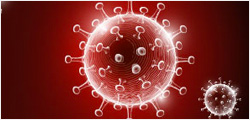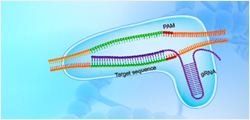The existence of parallel pathways in the folding of proteins seems intuitive, yet remains controversial. We explore the folding kinetics of the homodimeric Escherichia coli toxin CcdB (Controller of Cell Division or Death B protein) using multiple optical probes and approaches. Kinetic studies performed as a function of protein and denaturant concentrations demonstrate that the folding of CcdB is a four-state process. The two intermediates populated during folding are present on parallel pathways. Both form by rapid association of the monomers in a diffusion limited manner and appear to be largely unstructured, as they are silent to the optical probes employed in the current study. The existence of paralle... More
The existence of parallel pathways in the folding of proteins seems intuitive, yet remains controversial. We explore the folding kinetics of the homodimeric Escherichia coli toxin CcdB (Controller of Cell Division or Death B protein) using multiple optical probes and approaches. Kinetic studies performed as a function of protein and denaturant concentrations demonstrate that the folding of CcdB is a four-state process. The two intermediates populated during folding are present on parallel pathways. Both form by rapid association of the monomers in a diffusion limited manner and appear to be largely unstructured, as they are silent to the optical probes employed in the current study. The existence of parallel pathways is supported by the insensitivity of the amplitudes of the refolding kinetic phases to the different probes used in the study. More importantly, interrupted refolding studies and ligand binding studies clearly demonstrate that the native state forms in a biexponential manner, implying the presence of at least two pathways. Our studies indicate that the CcdA antitoxin binds only to the folded CcdB dimer and not to any earlier folding intermediates. Thus, despite being part of the same operon, the antitoxin does not appear to modulate the folding pathway of the toxin encoded by the downstream cistron. This study highlights the utility of ligand binding in distinguishing between sequential and parallel pathways in protein folding studies, while also providing insights into molecular interactions during folding in Type II toxin-antitoxin systems.



































